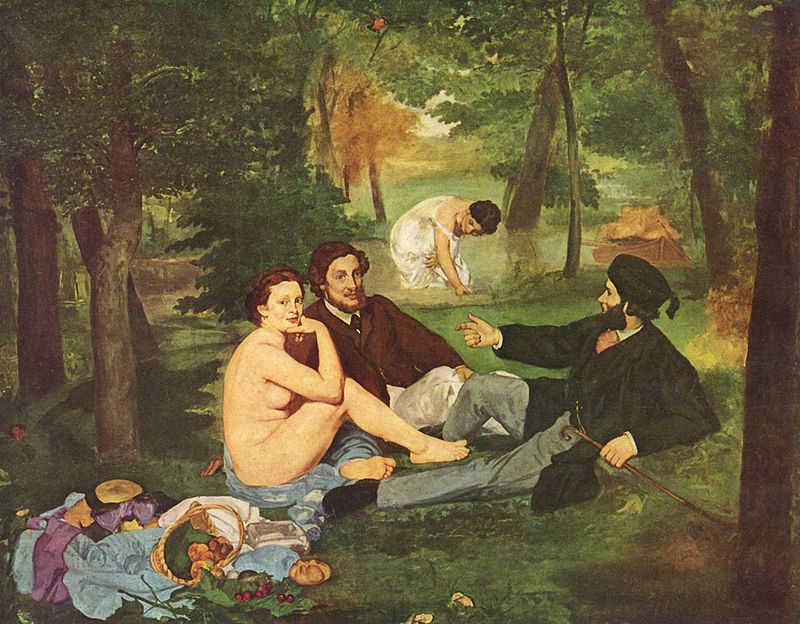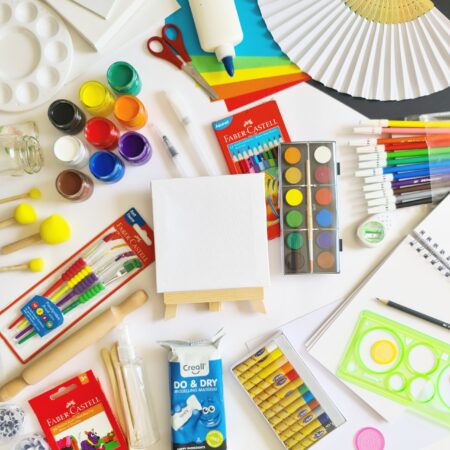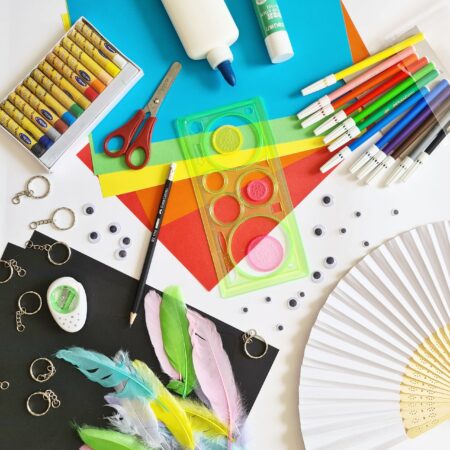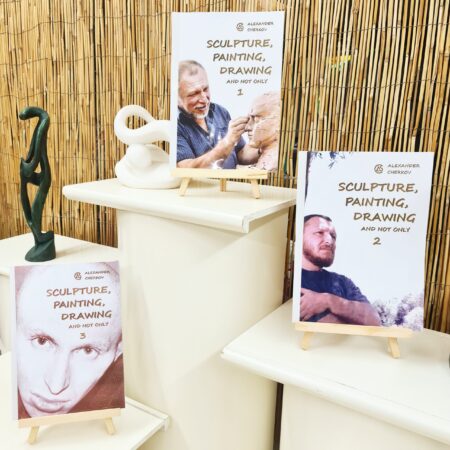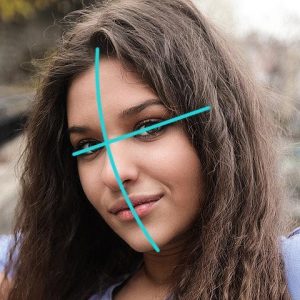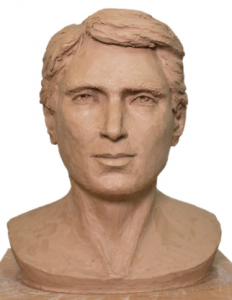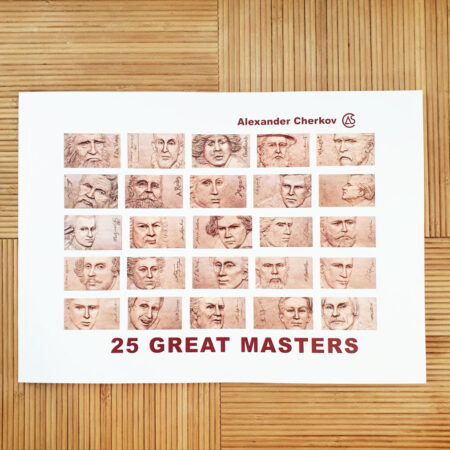Modern art refers to a global movement in culture from the late 19th century to the 70s, which sought a new adaptation to the innovations and values of modern industrial life. Building on 20th century precedents, artists around the world used new vision, methods and materials to create works of art that better reflected the realities and hopes of contemporary societies. The artists freed themselves from traditional dictates and put emphasis on the artist's moods, which determine the content. The form and content were influenced by the artist's attitude to society, the environment, events and his biography. The artist took it upon himself to change the external reality to fit his views, and presented his personal interpretation of reality in his works.
Until the modernist period, the artist was often commissioned to create art by sponsors or wealthy institutions such as the church. Much of the art depicted spiritual or mythological scenes that told stories meant to guide the viewer. Every painting other than a landscape or still life was based on text. That is, a story that existed in advance and was known to the general public. There was a hierarchy of texts, what is more important and what is less important:
- Holy writings
- Mythology
- History
- The literature
- Portraits
- Nature, landscape
- inanimate
- Animals (do not draw animals)
The Age of Enlightenment in the 18th century and the belief in rationalism led to the separation of fields that were previously connected: science, morality and art. The scientists will deal with objective science, the church will deal with morality and universal law, art will be autonomous and not subject to texts, sources and patrons. The artist is recognized as a skilled craftsman - similar to a worker on a production line. For the first time art gains independence and concentrates in its own field, in the study of line, shape and color and in abstraction. This change began at the beginning of the 19th century (Jericho painted an event from his time, mental patients, horse races), and was significantly expressed in Edouard Manet, who is considered one of the forerunners of modernism and the father of impressionism. Mane was among the first and most prominent artists who abandoned the text and developed an innovative art movement.
Currents and approaches in modern art
- Impressionism
- Notable artists: Edouard Mane | Claude Monet | August Renoir | Edgar Degas
- Post-Impressionism
Notable artists: Paul Cezanne | Vincent Van Gogh | Paul Gauguin August Rodin
Movements that developed in post-Impressionism:
Pointalism - Prominent Artist: Georges Serra
Prominent Artists: Gustav Moro Edward Monk Odilon Radon Paul Serizia - Expressionism
Movements that developed in expressionism:
The Bridge - Prominent Artists: Ernest Ludwig Kirchner Extend the light
The Blue Rider - Prominent Artists: Vasily Kandinsky Franz Mark - Phobism
Notable Artists: Henry Matisse Andre Daren - Cubism
Notable Artists: Pablo Picasso George Brack Fernand Leja Robert Delona - Futurism
Notable Artists: Giacomo Bala | Gino Swarini Emberto Boccuno Carlo Cara - Abstract art
- Abstract shooting
- Geometric abstract
Notable Artists: Pete Mondrian Kazmir Malevich - Supermativism
Prominent artist: Kazmir Malevich - Abstract expressionism
Notable Artists: Jackson Pollock Willem de Kooning | Mark Rothko Brent Newman
- Dada
Notable Artists: Hugo Bal | Emmy Hennings | Tristo Dara Marcel Janco Jean Harp
George Gross Hannah Hach | Marcel Duchamp - The Constructivist Avant-Garde
Notable Artists: Vladimir Tatlin Alexander Rodchenko Al Lasitzky - Surrealism
Notable Artists: Andre Mason Joan Miró Alberto Giacometti Salvador Dali Juan Miro Rene Magritte - pop Art
Notable Artists: Jasper Jones | Robert Rauschenberg Roy Lichtenstein | Andy Warhol - Minimalism
Notable Artists: Robert Morris Dan Flavin Carl Andre Sol Loit Donald Judd Eva Hasa - Conceptual art
Notable Artists: Robert Morris Sol Loit Joseph Cusht Robert Barry Daniel Born

